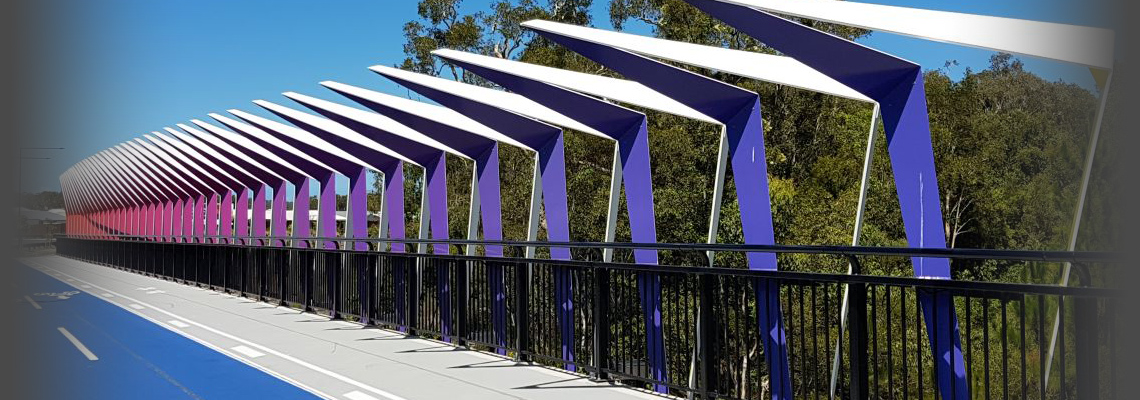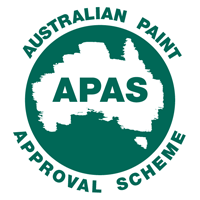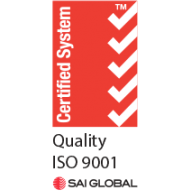Click below for answers to your product questions:
First, in the manufacture of all tyre rubber, an ingredient is used as an antioxidantantiozonant. This hemical functions as a preservative that allows the tyre to remain flexible, withstand the elements of the ozone and UV degradation and enjoy a long tread life. Chemicals such as diaryl-p-phenyenediamines and N-(1,3-dimethylbutyl)-N-‘-phenyl-p-phenylenediamine are commonly used. However, depending on the manufacturer, many derivatives of this type of chemical can also be used. The use of these chemicals is so common that the chemicals are referred to by codes such as 6PPD or IPPD, depending on the manufacturer. According to a recent conversation with a major tyre manufacturing engineer, the tyre manufacturers are fully aware of the problem of paw printing in the coating industry. Accordingly, many tyre manufacturers have selected the least detrimental (to flooring) chemical in the manufacture of tyres. However, many manufacturers are still using products such as the IPPD which is far more prone to discolor a coating than the 6PPD. Many chemical reasons exist that account for the paw printing, however, in layman terms, here is what information we have found.
Products such as the 6PPD are colorless when introduced into the tyre formulation and do not by itself cause the paw printing to occur. However, the moment that the 6PPD becomes oxidized, it only take a few parts per million of the 6PPD to create the typical paw print on a coating. To further compound this problem, a high aromatic greenish brown oil commonly used in the manufacture of tyres, continually leaches from the tyre and can contribute to the exudation of the 6PPD from the rubber. Unfortunately, the 6PPD can be easily oxidized. Once the material is oxidized, it turns to a purple/gray/black color depending on the severity of the oxidation. This color variance in conjunction with the actual concentration of the 6PPD accounts for the differing types of paw printing from slight deglossing to actual color changes. In addition, it is quite possible for atmospheric contaminants to cause sufficient oxidation to occur, resulting in a paw print. Surface contact in enough concentration results in surface paw printing.
Subsequently, the longer the tyre remains in contact with the area, the greater the chance that enough 6PPD will leach out of the tyre and into the coating itself. Given enough time in one location, not only will enough 6PPD migrate out of the tyre, but the constant exposure may result in the actual migration of the chemical into the coating creating a more pronounced and deeper stain.
Many other parameters play an important role in this phenomenon. These are mostly too technical to go into now. Sufficient to say that the problem is worse in synthetic rubber tyres.
These coatings contain solvent or water simply to allow the product to be worked and applied without special equipment or skills. During the curing process, 100% of the water or solvent leaves the film, and once this has happened, the cured films are very similar in terms of chemistry.
So because the main cause of this issue is the chemistry of the tyres, both water based and solvent based products are susceptible.
If the product is 95% cured after two days, and this is a likely projection, but continues to cure for the next several days, then the window of penetration is at its greatest when the coating is new and not fully cross linked. Add in all the other variances such as the age of the tyre, manufacture of the tyre, temperature of the floor, atmospheric contaminants, color of the coating, length of cure, migration rate for each type of tyre, specific chemicals used for each tyre, weight of the vehicle, UV exposure, relative humidity, temperature of the tyre and so forth and so forth for endless possibilities.
Unfortunately, this is a problem that we cannot presently cure any easier than the tyre industry can make tyres without the use of these chemicals. However, in the interim, it is best advised to educate the customer as to the cause for this problem. First, any customer with this potential for a problem should be educated as to the cause of the problem. Next, this education process should detail the importance of allowing the coating to fully cure before exposure to tyres and the chemicals that can potentially migrate. Finally, because we know the problem is random and we are unable to prevent these occasions, it would be advisable for the industry to park the vehicles on mats, corporate logo carpets or any suitable material to prevent at least long term contact to the coating. In this case, a least right now, prevention is the only cure.
A&I Coatings chemists are working on a number of fronts to overcome the problem. We are exploring both improvements on existing formulations, as well as completely new chemistry. We are working with global leaders in organic paint technology, and we are committed to resolving this issue as quickly as possible. Meanwhile, we will definitely keep our valued clients well informed.





